Specs and details
GS series includes a stylish and compact family of high-performance MSI laptops and the GS66 Stealth is its latest addition. I’ve always had a weakness for thin but powerful devices and that’s exactly what GS meets. However, with the high performance of Core i9 and RTX 2080 Super, the question arises as to how thermal management is handled. In less than 2 cm thin and about 2.1 kg body, it is really a challenge to deal with such powerful components.
Basic specs
| Parameters | MSI GS66 Stealth 10SGS-256CZ | |
| Dimensions | 358 × 248 × 19,8 mm | |
| Weight | 2149 g | |
| Display | 15,6", 16:9 Full HD 1920 × 1080 px, IPS, 300 Hz | |
| Procesor | Intel Core i9-10980HK, 8C/16T, 45 W, 14nm | |
| Graphics card | Nvidia GeForce RTX 2080 Max-Q 8 GB GDDR6, 80 W, boost clock 1080 MHz / Intel UHD 630, intergrated | |
| Memory | 32 GB DDR4 SODIMM (3200 MHz) replaceable | |
| Storage | 1× 1 TB SSD M.2 PCIe NVMe, 1× empty M.2 slot | |
| Ports | 1× USB-C Thunderbolt 3 40 Gb/s (DisplayPort 1.4, Power Delivery), 1× USB-C 3.2 Gen 2 10 Gb/s, 3× USB 3.2 Gen 2 10 Gb/s typ A, 1× HDMI 2.0b, 1× RJ-45 Ethernet, 1× 3,5mm jack | |
| Battery size | 99.9 Wh | |
| Camera resolution | 720p IR Windows Hello | |
| Speakers | 2× 2 W speakers | |
| Approximate price | 97 990 Kč/3600 € |
Details
The traditional MSI dual-use cardboard package hides a minimalist matte box with the MSI logo, where you will find only the laptop and documentation.
The charger is located in the second compartment of the main carton.
The GS66 Stealth belongs to the GS family of devices, which are primarily focused on high portability and compact dimensions. An example from the mentioned series is the GS75 Stealth tested last year. Despite their compactness, these laptops offer the highest possible component equipment available on the market. The tested piece therefore has the highest 8-core Core i9-10980HK with a clock speed of up to 5.3 GHz, similar to the ROG Zephyrus Duo 15. Gaming performance is ensured by the refreshed RTX 2080 Super Max-Q in 80 W version with 1080 MHz boost. There is 32 GB 3200 MHz RAM and 1 TB SSD. You can also reach for units with Core i7 and RTX 2070 Super Max-Q, RTX 2070 or possibly RTX 2060.
This year, MSI decided to design the GS6 series with a very discreet and inconspicuous design for a gaming laptop. The whole laptop is black, without any additional colors. It’s usually red, or in the case of MSI, we’ve already seen gold accents. However, the GS66 is “black on black”. This can be an advantage if you need to carry your laptop for business meetings. You will definitely not have to be ashamed of this piece there. I also experienced situations where the presenter pulled out Alienware or a similar gaming savvy piece at the meeting, and among all those ThinkPads and MacBooks, it looked at least entertaining. The GS66 is therefore also intended for representational use.
The back is therefore also in a decent black design, only with a slightly glossy black MSI logo, which does not disrupt. Perhaps the only two negatives that such a color decision brings are: 1. prints, 2. scratches. As you can see in the photos, avoiding fingerprints is quite difficult, even after thorough cleaning. The second concern with any colored metal is that it’s prone to scratches and bumps. From a practical point of view, I personally always choose silver versions, if available, because even with such unwanted signs of wear, it is not visible on the natural silver base.
The GS66’s port selection is really great. On the left side there is a power connector, Thunderbolt 3 port with video output and at the same time with the possibility of charging, HDMI 2.0b and 10 Gb USB-A. On the other side is an audio connector, another three 10 Gbps USBs, of which one is a type C and there is also an Ethernet port for wired internet connection. The only complaint is the absence of an SD card reader, which we saw recently in OMEN 15.
At the back you can see only the massive holes of the cooling system, but no control elements or branding.
Although there is no obvious notch on the front to make it easier to open the display lid, you can easily open it with one hand. The upper edge of the chassis is slightly chamfered, which makes it easier to feel the lid.
The view from above shows the black lid again, but the lower part is more interesting, where we see a massively perforated part for cooling. I commend the use of Phillips screws, which ease access to components.
After removing the bottom cover, you get to the components. Compared to the GS75, one fundamental change can be seen. The motherboard is no longer covered with insulating foil and, more importantly, is no longer inverted, as was usual with MSI. I’ll explain what that means.
The tested configuration offers the highest possible GS66 Stealth configuration and thus the Intel Core i9-10980HK processor with 8 cores and a clock speed of up to 5.3 GHz for 1 core or 4.4 GHz for all-core turbo. It’s nice to see 32 GB of 3200 MHz RAM in SO-DIMM format. There is also a pair of slots for PCIe NVMe M.2 SSD, one of which is occupied by 1 TB SSD. You can use the second slot to expand the internal storage. The graphics performance is taken care of by the latest mobile RTX 2080 Super Max-Q in 80 W design with a base clock speed of 735 MHz and Boost to 1080 MHz. It is therefore not the same design as the Zephyrus Duo 15 with 90 W and Boost 1330 MHz. So it can be expected that Asus will have an advantage in the tests, but only in practice will we see how big.
I mentioned that MSI in this novelty abandoned the traditional inverted layout. This meant that the motherboard used to be turned “upside down” and the SO-DIMM slots were directly below the keyboard. If you wanted to increase the RAM capacity, it meant a lengthy, complicated and for the inexperienced user a relatively risky intervention with the device. You had to disassemble practically the whole laptop and take out the motherboard. Fortunately, the GS66 already has a traditional layout and all replaceable components are easily available.
You can replace RAM and install a maximum of 64 GB, or add a second M.2 SSD and increase the capacity. The WiFi card is also replaceable, but it already supports the latest WiFi 6 802.11ax standard, so it will not need to be replaced in the near future.
Cooling, which is really fascinating, definitely deserves attention. The three fans, which the manufacturer refers to as Cooler Boost Trinity+, have only 0.1 mm thin blades. They dissipate heat in practically all directions with the help of 7 heatpipes, as we saw when viewed from behind and both sides. I must note that at the maximum cooling mode, you can really feel the amount of air that the fans are pushing through the heatsinks. The whole cooling system is really respectable and MSI definitely took good care of it.
Opening the lid is possible up to a straight angle, i.e. to the full plane with the base, which is my favorite feature, which is not quite common with gaming notebooks.
The keyboard has a very good response and also individual backlighting of all keys with a number of RGB effects. There is also a large number of multimedia keys. However, you will have to get used to the less traditional layout, which I struggled with a bit. The left Control is as long as Shift, you will find Function only on the right, where it is half the width again. Controlling Fn shortcuts is thus a bit complicated. Also, the traditional volume and brightness controls are not on the function keys at the top, but on the arrows at the bottom right. The right edge is occupied by the Home, PgUp, and PgDn keys, which made me often mistaken since I used to have Enter at the very edge. In addition, it is one-line and, as you know, I prefer two-line. To sum it up, you will have to get used to the layout, which I didn’t quite succeed in a short time. However, when you use your laptop on a daily basis, it should only be a matter of a few days.
I was very interested in the touchpad. Its dimensions are definitely above average, although the width dominates and height is not that spacey. It is more of a long “noodle”. What fascinated me is not the glass surface, which must be a matter of course at this price, but the response to press. It’s not the classic blunt touchpad as usual, but the delicacy of the click is significantly better than usual. Still feel that the buttons are as if on a hinge located at the top edge, i.e. it’s almost impossible to be pressed at the top and it’s easy at the bottom, but distributing the force to say 4/5 the height of the touchpad is very nice. Of course, it’s not the level of MacBook I’m used to, but it’s definitely one of the best, if not the best touchpad in a gaming laptop I’ve come across.
I won’t spare praises even with the camera, which offers a lousy 720p resolution and inadequate quality like practically all laptops on the market, but it hides one hidden feature that you might not even notice. This is the support of the IR camera and thus the face recognition using Windows Hello! Finally, someone did what I’ve been saying for a long time. Biometric security also on gaming laptops. I don’t know why manufacturers are so reluctant to fingerprint readers, which we can already find in mainstream laptops under 1000 euros, but high-end gaming devices completely forget this area. Although there is no fingerprint reader, its functionality is fully taken over by the IR camera, which in my view is an even better and more convenient solution than the fingerprint reader. This is especially true if your laptop is docked like mine. You don’t have to reach for the reader, as the camera recognizes your face from a greater distance. I’m really giving a thumbs up for this.
I praise the speakers only a little, I like their user-facing location and the associated volume. However, the sound is no longer out of the ordinary, it lacks a bit of bass, which is to be expected without a subwoofer.
Another surprise is hidden inside the GS66. It is a huge 99.9 Wh battery, which is the maximum device battery level that you can board a plane with. The notebook comes with a 230 W charger, which is connected to the left side via a circular connector. However, charging is relatively slow. After an hour only 45% and a full charge takes 3 hours. A bonus is the possibility to charge via USB-C Thunderbolt 3 port. However, you will need at least a 65 W charger and you cannot count on full power as with a classic adapter.
Although the battery is the largest you can get in a laptop, the battery life is not surprising. The reason is the extremely powerful and therefore energy-intensive components, which include not only the CPU and GPU, but also a 300 Hz display. In our demanding test on YouTube, we measured 3 hours and 43 minutes, which is not a bad value, but maybe you could expect more with almost 100 Wh battery. For comparison, the OMEN 15 offered only 10 minutes longer life, but it contains a 30 Wh smaller battery. However, you will definitely not buy the GS66 because of its battery life, other devices are designed for that, not ultra-powerful gaming machines.
- Contents
- Specs and details
- Testing methodology
- Display tests
- Rendering and Geekbench
- 3D/PCMark and Unigine Heaven/Superposition
- Gaming tests – dedicated graphics
- Encryption, encoding
- Memory and storage tests
- Heating and battery life
- Blender – test of CPU, CUDA and Optix
- Performance modes
- Utility app
- Rating





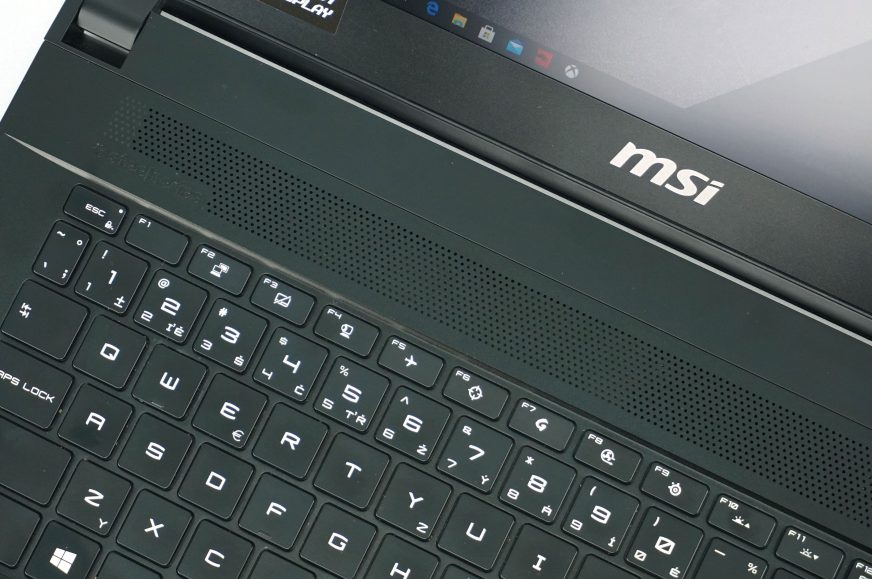

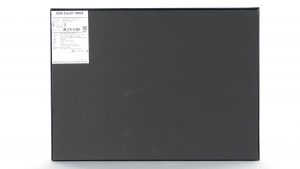
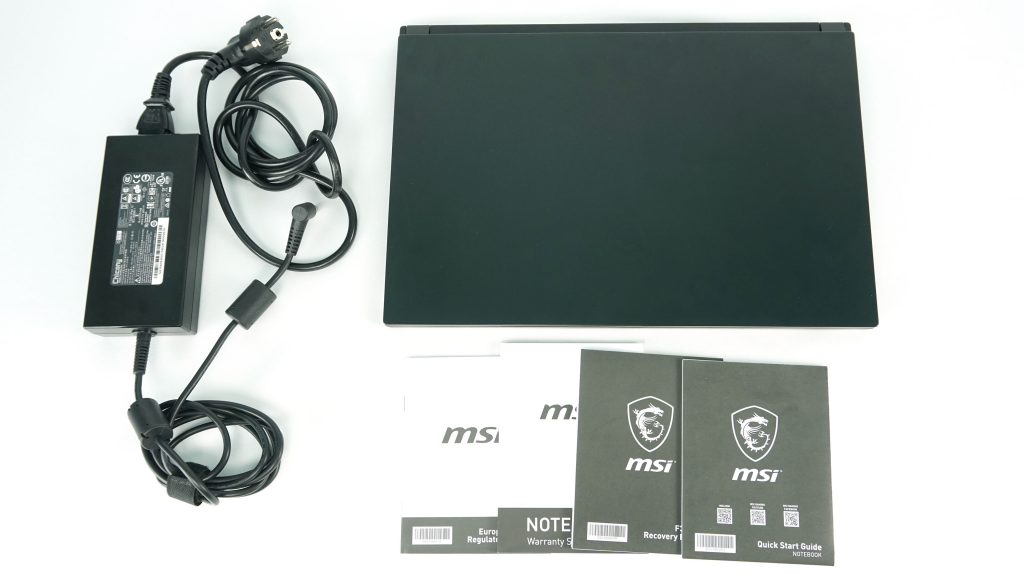
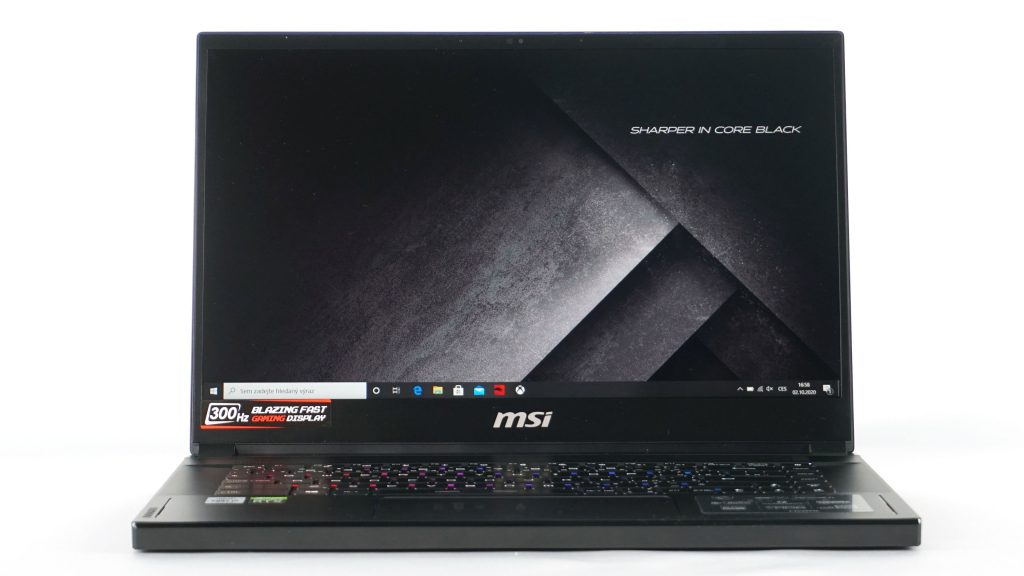
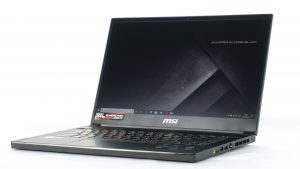

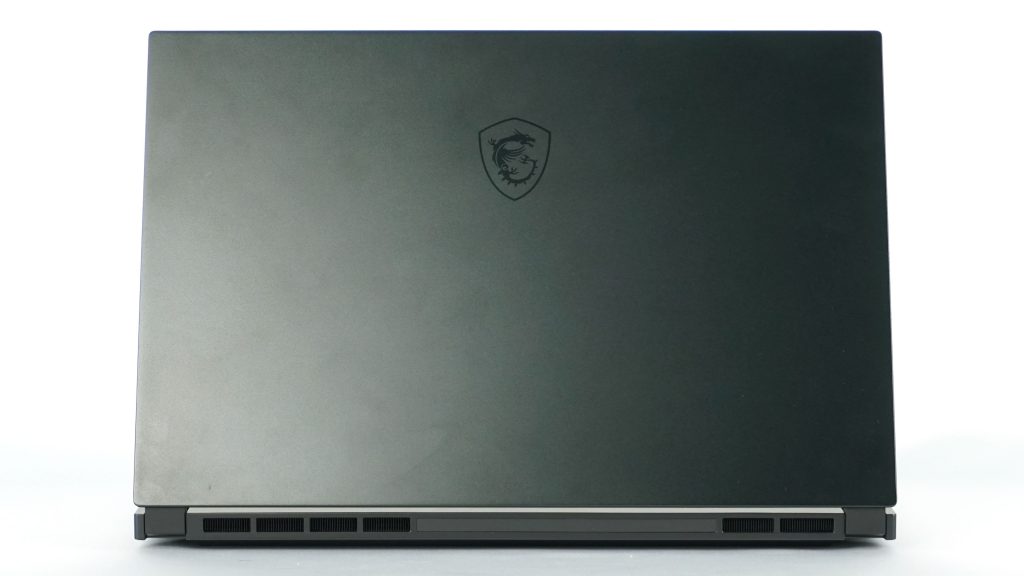

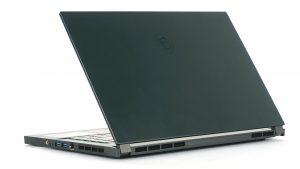

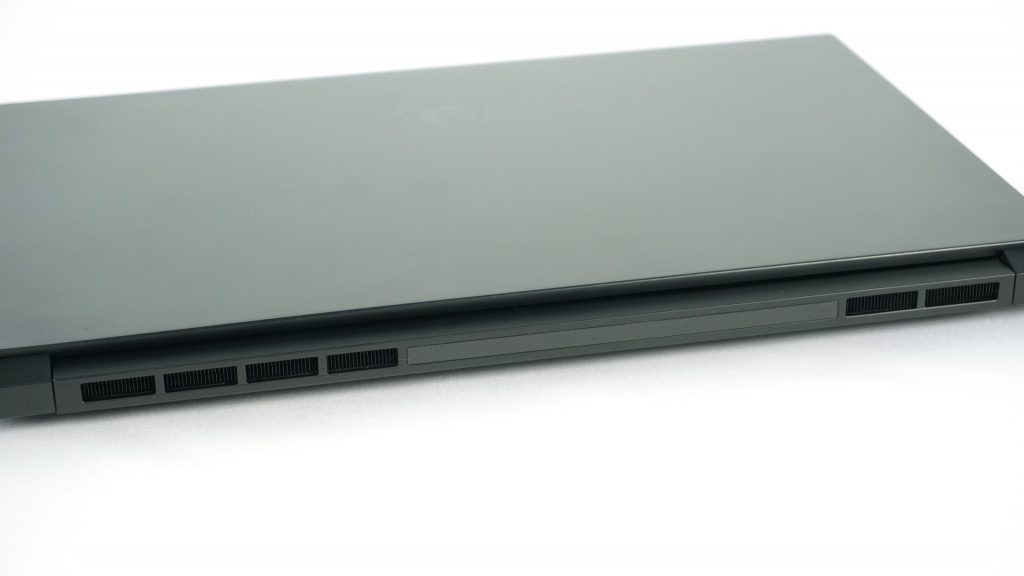
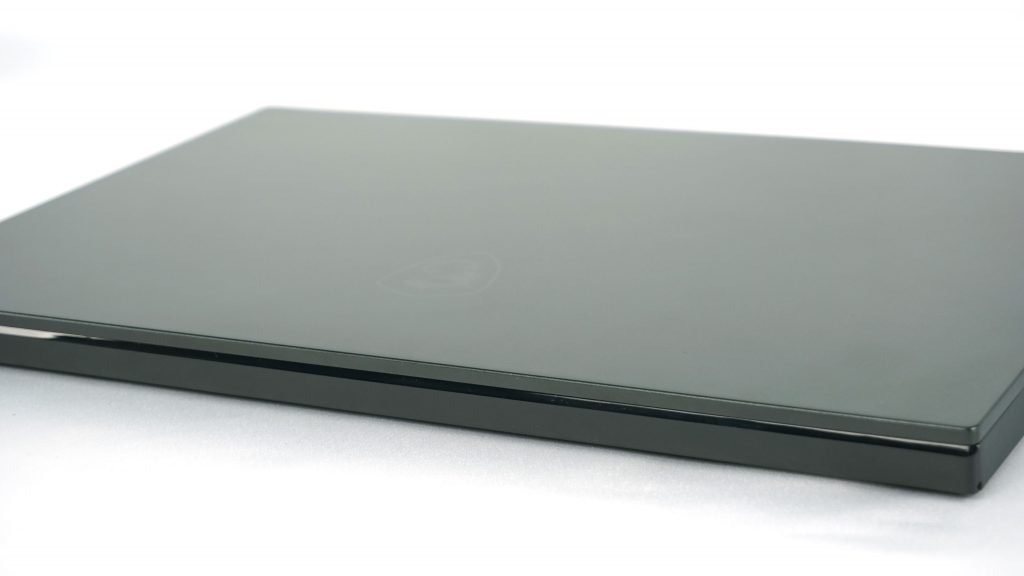


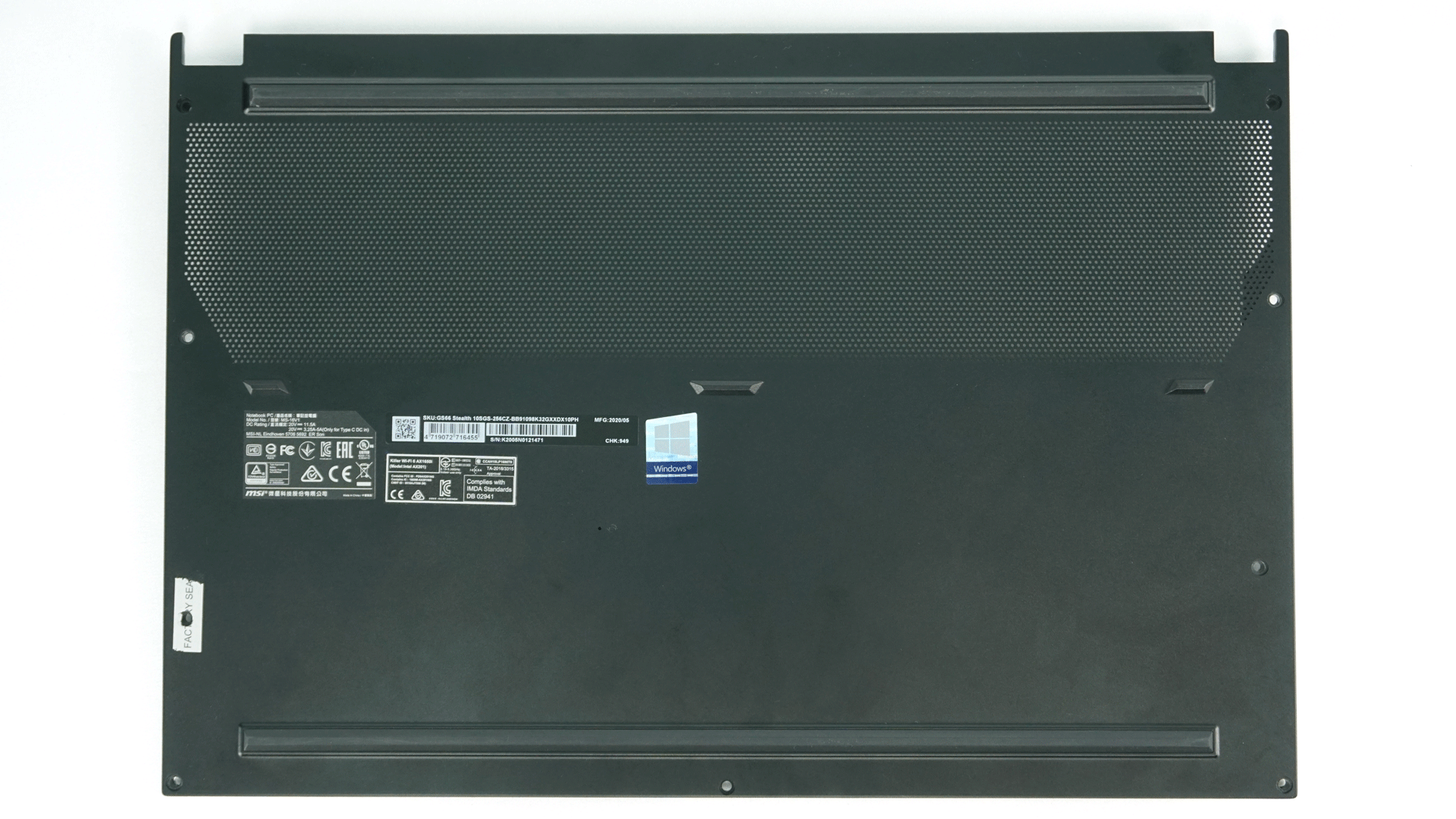
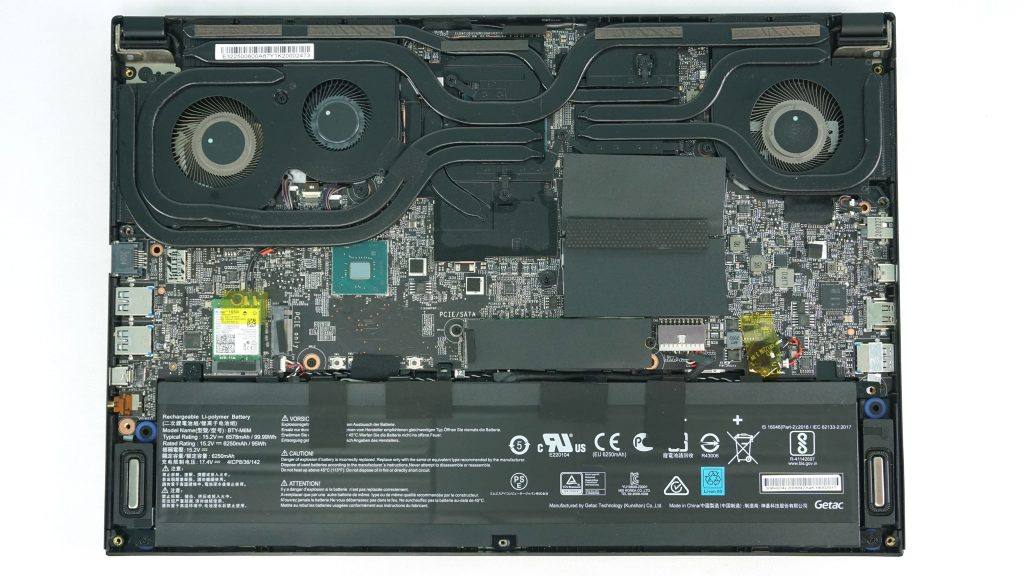
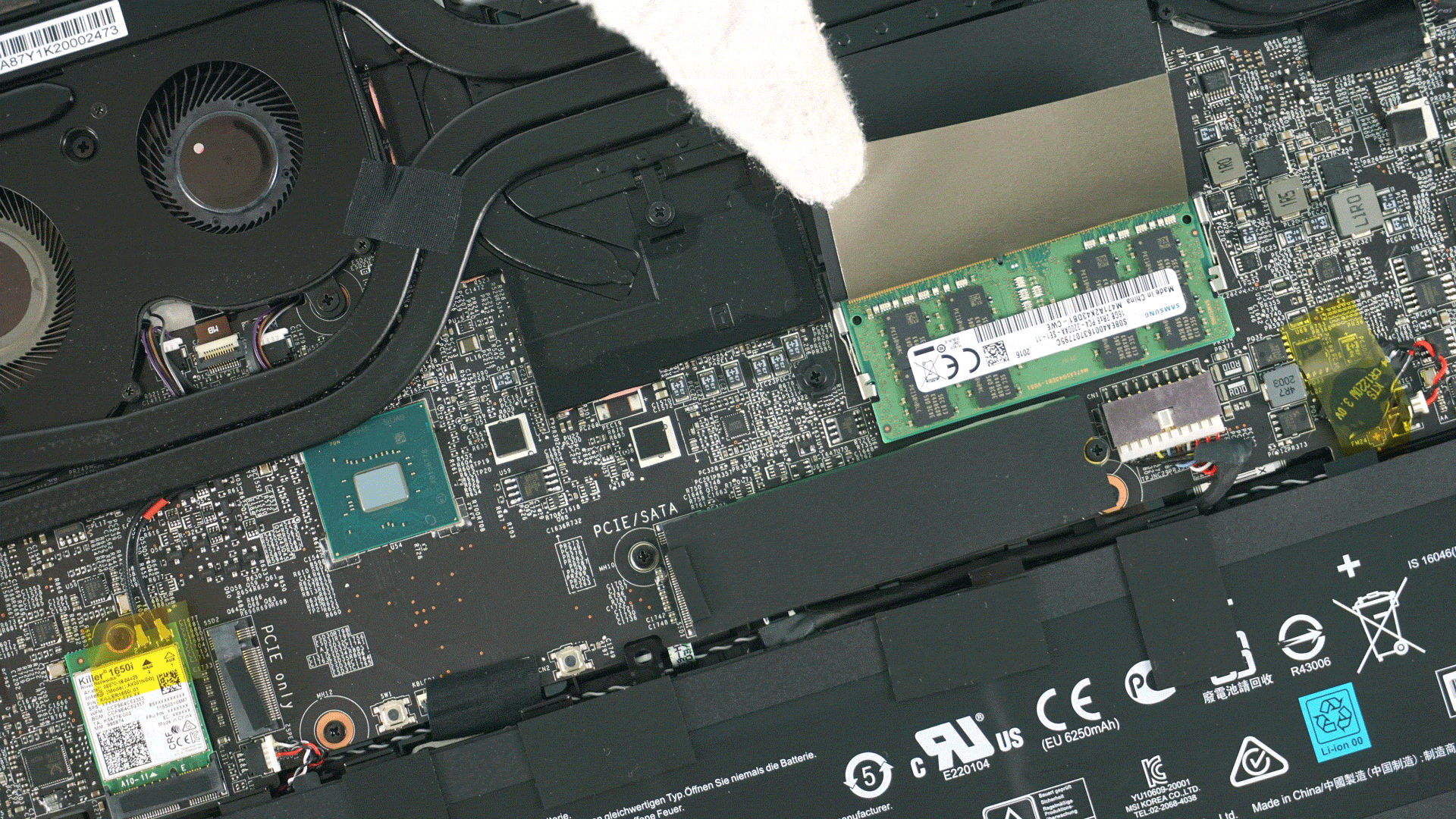

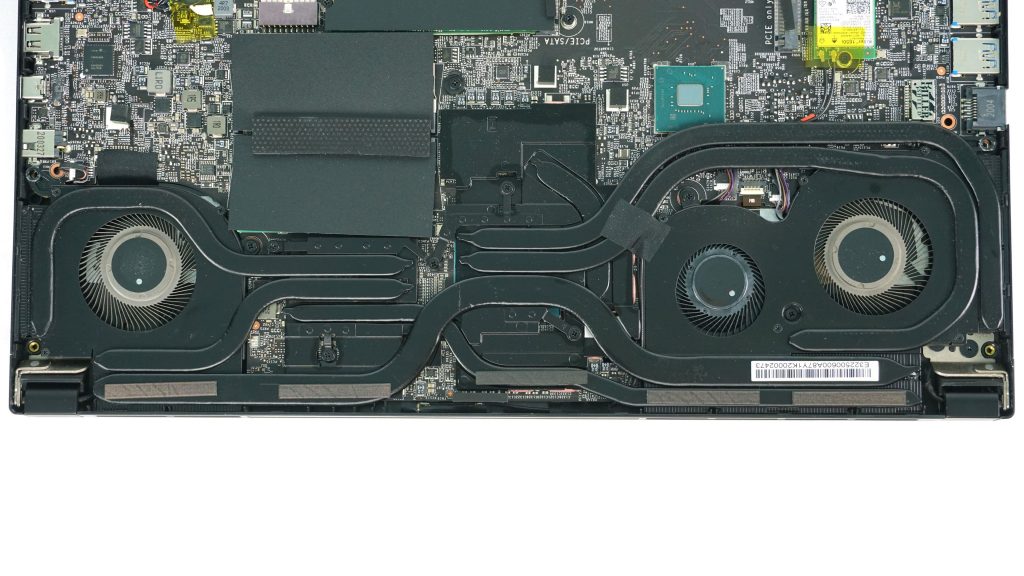
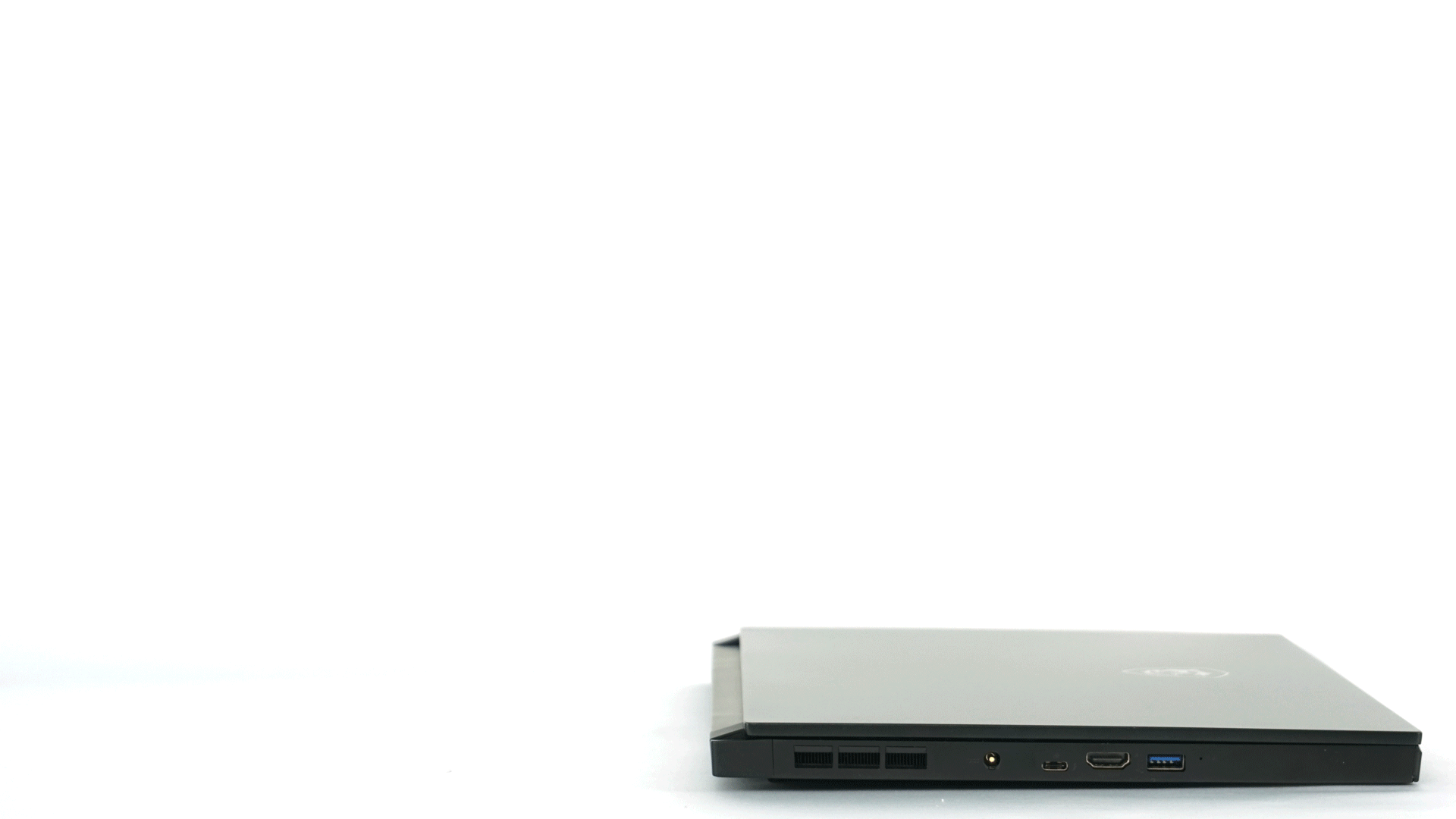
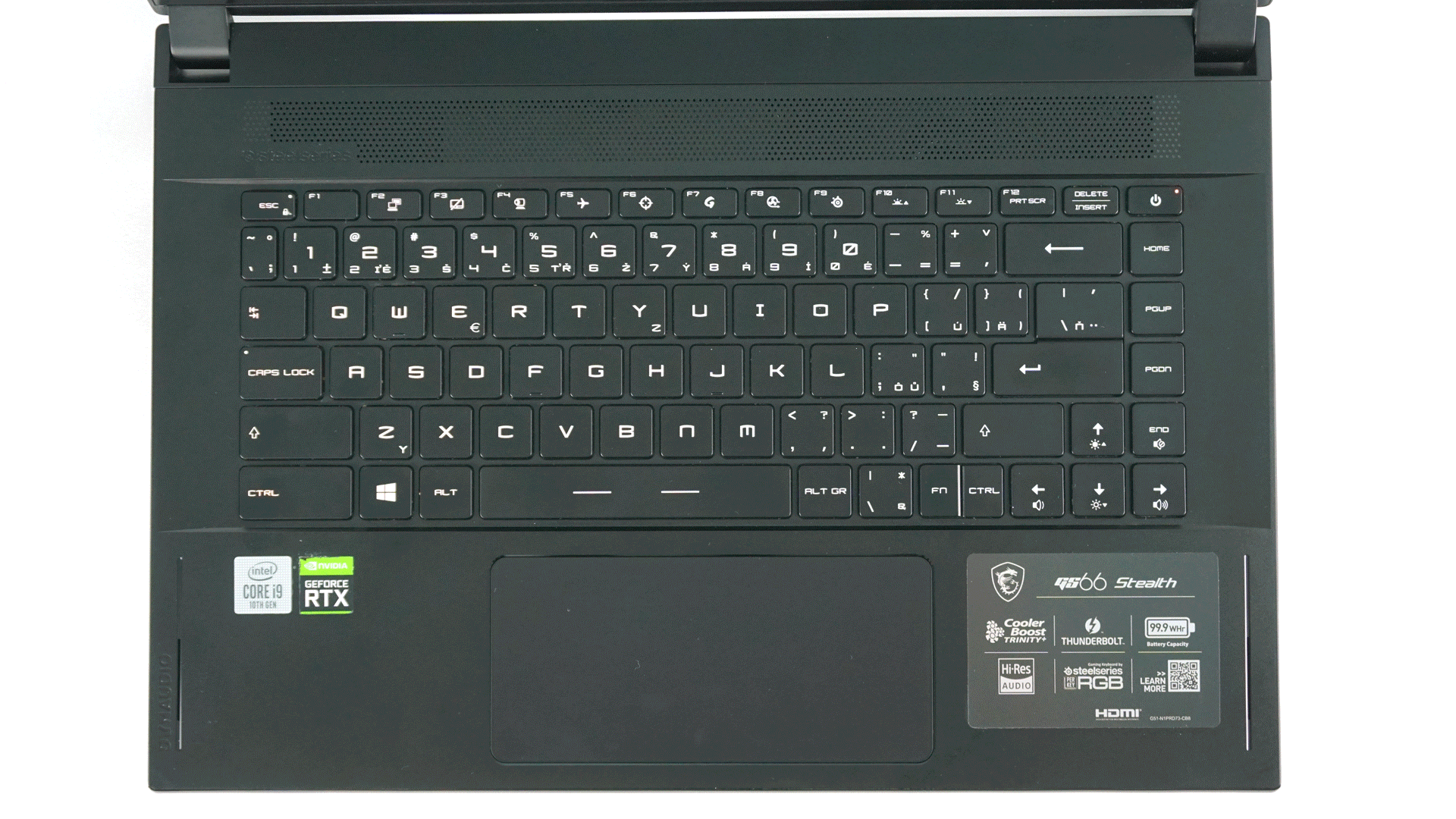
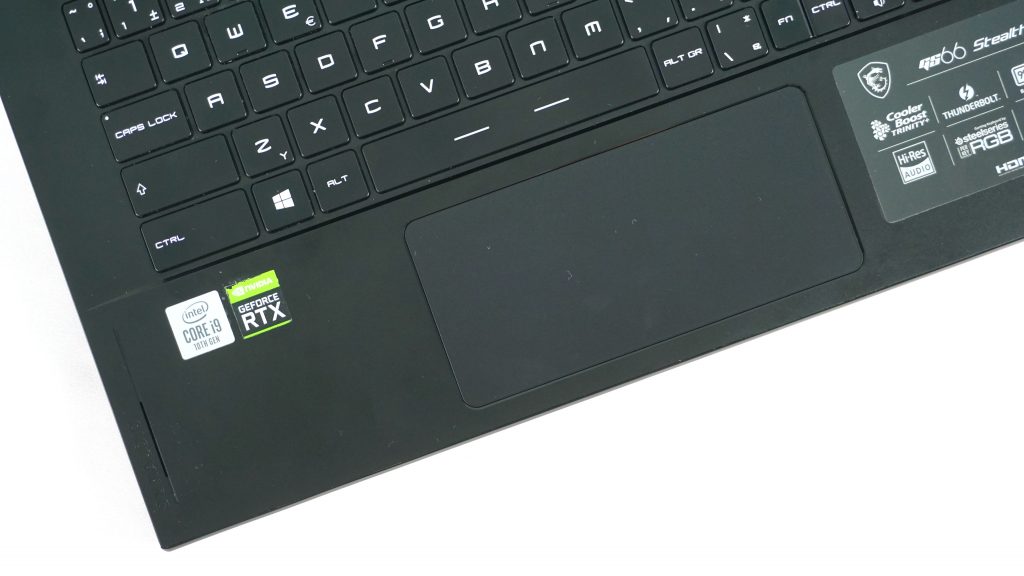
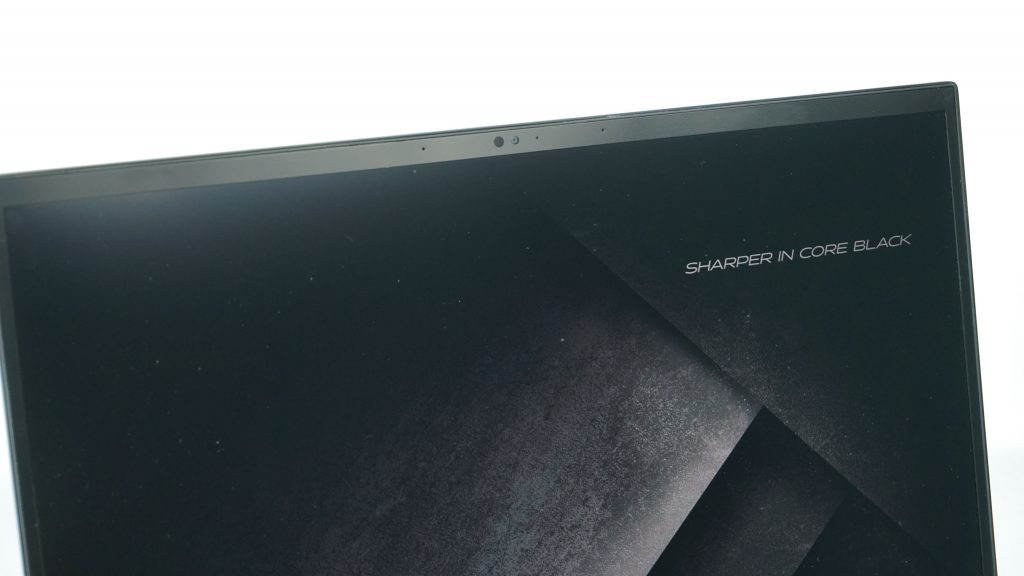
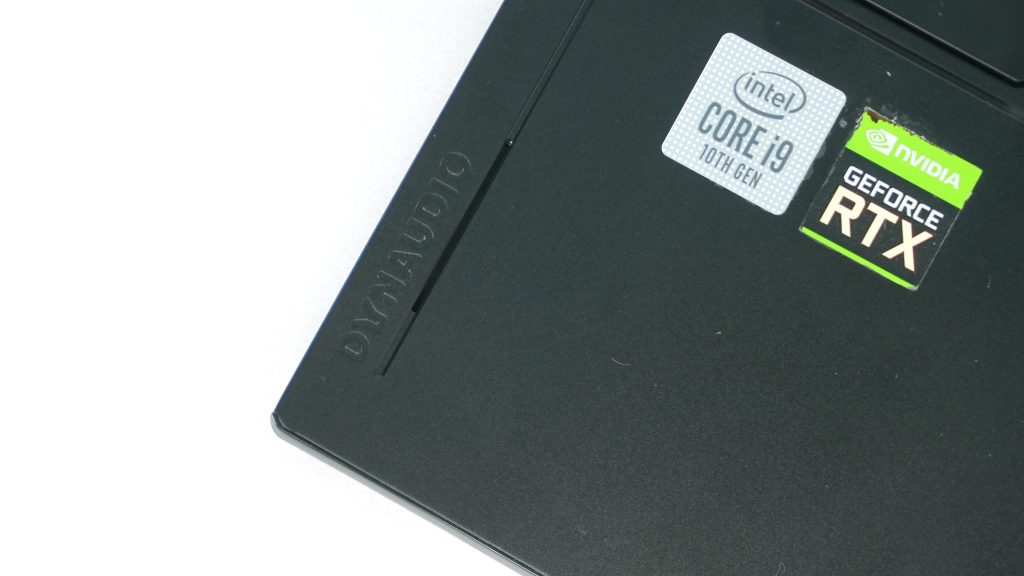

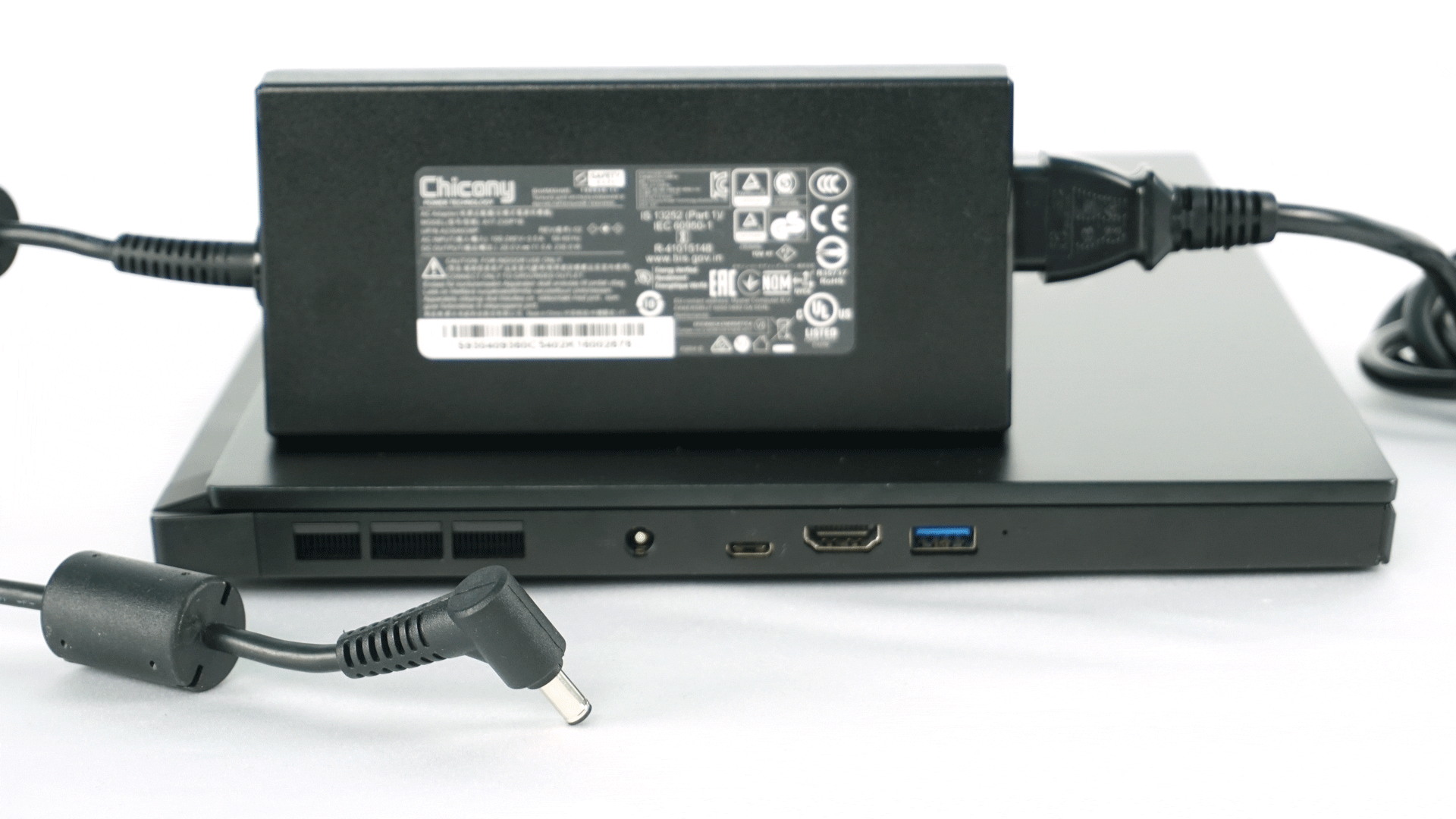

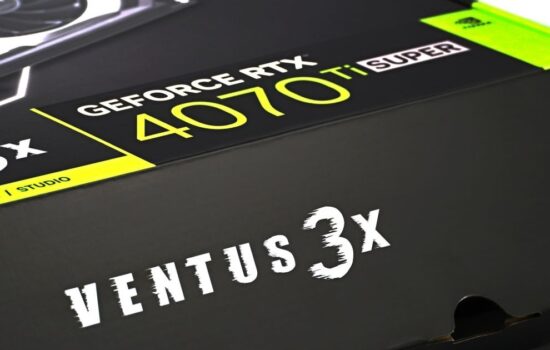




thank you for the information